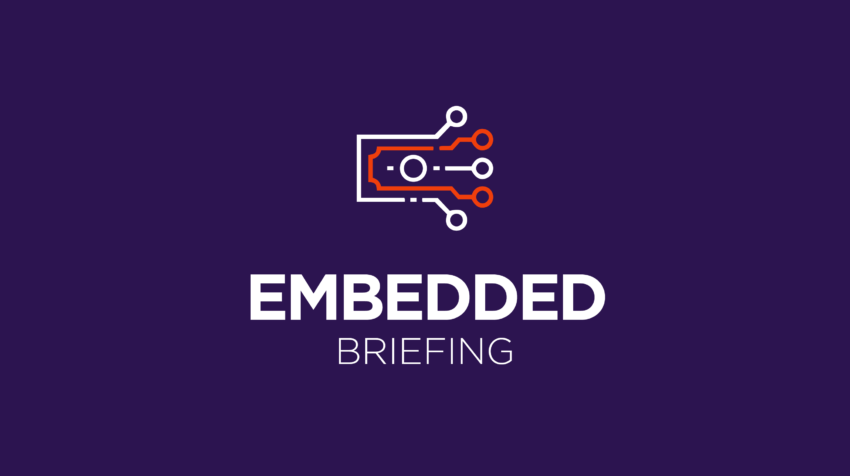Embedded Finance, Member Exclusive
Embedded Briefing: Understanding the difference between BaaS and embedded finance
- BaaS and embedded finance are two new emerging markets in the world of finance, but many professionals are still confused about the differences between the two.
- Meanwhile, we look at consumers' use of embedded finance products and the growing VC interest in this sector.








